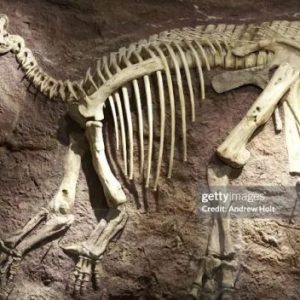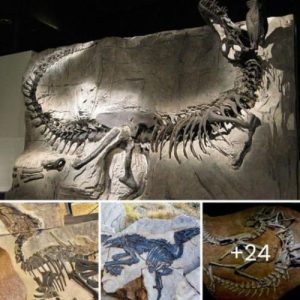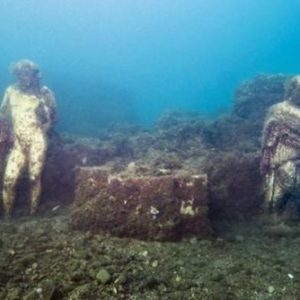
The Battle of Himera, fought in 480 B.C. on the coastal plains outside the Sicilian city of Himera, was one of the ancient world’s most significant battles. It pitted a Carthaginian army, led by General Hamilcar, against a Greek alliance seeking control of Sicily.
Despite its historical importance, Himera remained a mystery for many years, with ancient accounts of the battle being biased and incomplete.
However, recent archaeological excavations led by Stefano Vassallo have begun to shed light on this ancient battlefield, uncovering mass graves and revealing new insights into the lives of ancient Greek soldiers.
The Battle of Himera
Himera, founded around 648 B.C., was a pivotal city in the rivalry between the Greek colonies and the Carthaginians in Sicily.
The battle unfolded when Gelon of Syracuse and Theron of Akragas formed an alliance to counter the power of Carthage and gain control of Himera. This alliance prompted General Hamilcar to mobilize his Carthaginian forces, setting the stage for the Battle of Himera.

Diodorus Siculus provides the most detailed account of the battle, stating that Hamilcar sailed from Carthage with a large army, though the actual number was likely around 20,000 troops. Hamilcar’s fleet faced challenges, including a storm that sank some of their transport ships. Hamilcar fortified a seaside camp to protect his remaining forces, while the outnumbered Greek defenders attempted to protect Himera’s territory.
Locating the Battlefield
For many years, scholars were unable to pinpoint the precise location of the battle. In 2007, Stefano Vassallo’s team unearthed the northwestern corner of Himera’s fortification wall, providing critical evidence for the battle’s location. They also found evidence of coastal shifts over time, clarifying the battle’s likely location on the coastal plain between the wall and the ancient shoreline.

The Greek Victory
The Greeks, though outnumbered, found an opportunity to defeat Hamilcar’s forces. Gelon’s scouts intercepted a letter to Hamilcar from allies who promised to send cavalry to replace the losses at sea. Gelon then sent his own cavalry to impersonate Hamilcar’s arriving allies, infiltrating the Carthaginian camp and ultimately securing a victory.
Scholars have long debated the accuracy of Diodorus’ account of these events, but Vassallo’s excavations have provided evidence supporting his description.
The Discovery of Mass Graves

In 2008, Vassallo’s team began excavating Himera’s western necropolis, revealing a remarkable find of 18 very rare horse burials, likely related to the cavalry strategy used by the Greeks. Subsequently, they discovered over 2,000 graves dating from the mid-sixth to the late fifth centuries B.C.
Among these were seven communal graves from the early fifth century B.C., containing at least 65 skeletons. These burials are of particular significance, as they may contain the remains of men killed in the Battle of Himera, as the placement in the western necropolis aligns with the battle’s probable location.
The Soldiers’ Origins
Vassallo believes that the buried soldiers were likely allied Greeks from Syracuse or Akragas who died far from their homelands. These warriors could not be transported back for burial, so they were honored in Himera’s cemetery for their role in defending the city.

This discovery not only provides insight into the battle itself but also sheds light on the lives and sacrifices of ordinary soldiers in ancient Greek warfare.
Conclusion
The ongoing archaeological excavations at Himera have uncovered mass graves that provide invaluable insights into the Battle of Himera and the lives of ancient Greek soldiers. These findings have helped to clarify historical accounts and have contributed to our understanding of the strategies and sacrifices made in ancient warfare.

As further research continues, we can expect more revelations about this pivotal moment in history.






